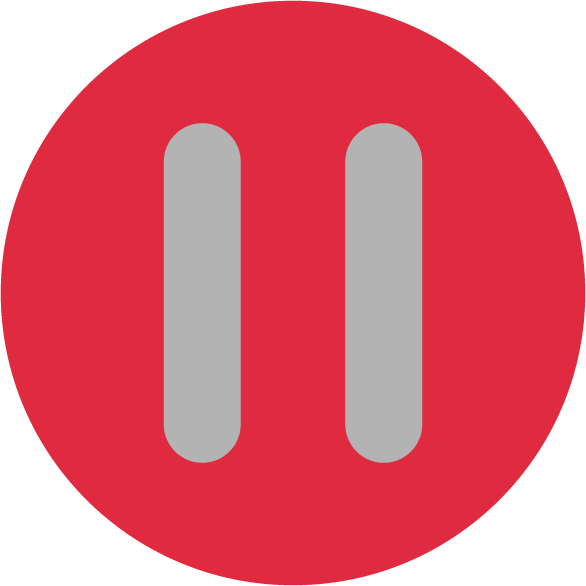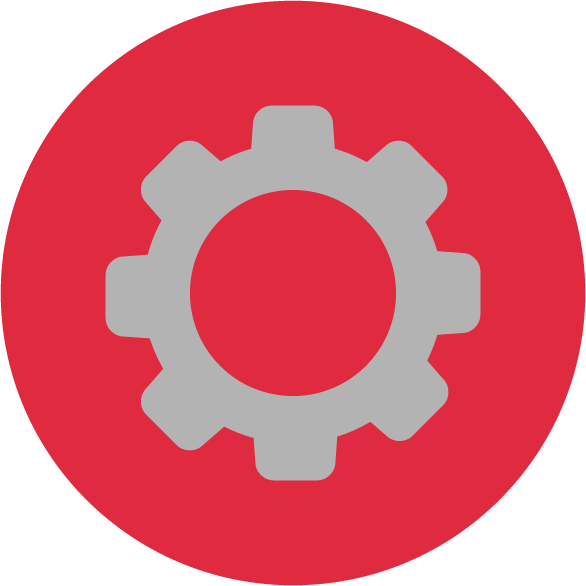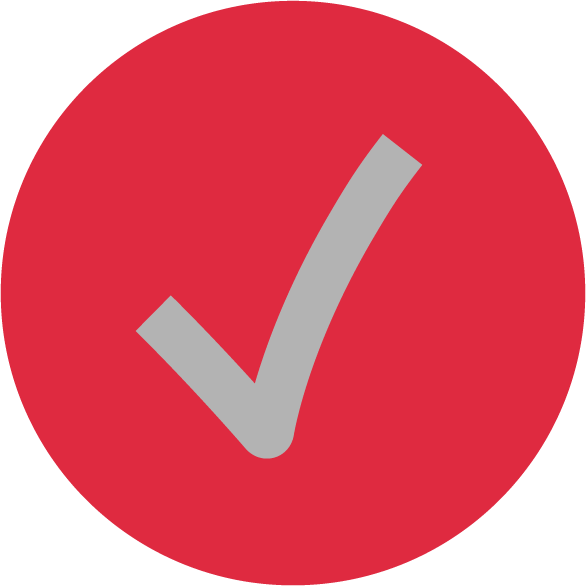



Welcome to 2022!!! It’s going to be a great year!
Whenever events occur, circumstances rear up, or “life happens”, we humans tend to react first and later realize all of the things we could/should have said/done that would have been better. There is a simple process that can help us to break this cycle thereby refraining from making situations worse and minimizing regrets. I call it the Process of Everything, and it’s 4 simple steps. Pause. Think. Decide. Act.

We talk a lot in our house about “practic[ing] the pause”, but what does that really mean? Quite simply it’s a conscious reminder to not react, to stop and simply be. In the pause (which might be a moment or several hours depending on the severity of the situation), we are free to process our feelings (ugh… here I go with the touchy-feely stuff again.) It is important to process those emotions. Emotions are excellent indicators, but they are internal. They are subconscious reactions to stimuli rooted in our deep-seated paradigms of the world around us, and they are based solely on our interpretation of the events we encounter. Those interpretations/perceptions are not always accurate.
So, the Pause enables us to acknowledge those emotions and begin to understand why we are feeling them. It also allows our subconscious to begin working on the problem. Do not skip the Pause.

When we ask “why”, we transition into the Think mode. This is where we start the process of understanding (ourselves, the situation, other people, our options, and possible/desired outcomes). Again, depending on the complexity of the scenario, Thinking may take a few moments or a few months. People frequently get stuck in Thinking. Wanting to make “the best” decision or take “the perfect” action will lead to paralysis which often causes us to miss our window to improve the situation. When you begin the Think phase, if you tend to get bogged down here, then give yourself a deadline. “I am going to think about this for 2 days,” for example.
Setting a boundary like this does several beneficial things. Our brains work better when they know the parameters. How many times have you heard people say, “I work best under pressure”? Or how many times have you done some of your best work in “crunch time”? In addition, it frees us from “the expanse”. Open spaces are dangerous, they leave us exposed and vulnerable. Our minds don’t like them. There is safety inside walls, so creating an artificial wall allows our mind to feel “safe” and therefore more creative and solution-oriented. Finally, limiting your Thinking time prevents you from getting stuck in this phase. Besides, you can always adjust it (think a little more) if you need to do so. Just set a new deadline (as long as you don’t make this a new pattern of paralysis).
Also, if it is appropriate to get some advice from someone who is wise and whom you can trust, this is the time to do so. Either way, do not get stuck Thinking.

After you have taken time to Think, Decide. Everything in life is a Decision. Our actions, our thoughts, and even our beliefs are decisions. Many times the choice will be clear. When it is not, make the best decision you can with the information you have at that moment. If two or more options seem equally good or equally bad, it’s time to simply choose one. There is no wrong decision at this point (in part because you will never know what would have happened had you made the other decision). Also, realize that “not deciding” is a decision in itself. That is the only “wrong” decision, because it is surrender, relinquishing the gift of volition that God has granted to us. Sometimes it’s good to let the situation go. That is a Decision and not the same as “not deciding”. Failing to Decide is a breakdown in our attempts to reach a conclusion to the situation.
Decision is the fulcrum of change. Never fail to make a conscious Decision.

If Decision is the fulcrum of change, then Action is the lever. Without taking action, none of the previous steps matter. (Again, letting a situation go is an Action clearly distinguishable from Inaction.) Once you Decide on a course, get moving. It’s OK if you are uncomfortable. It’s OK if you aren’t sure. It’s OK if you don’t know all of the steps ahead. All of that is normal. Take action anyway. You can always adjust your course later. You can always start the process over again at any point down the road. Change/resolution/solution/improvement cannot happen without Action. So, take action immediately following your Decision, even if that is planning your next step and when you will take it (because planning is Action too.)
When you are finished reading this, Pause. Think about the content for a moment and what you might do with it. Decide on a course of action, and then take Action now. As part of that process, consider whom you know that might benefit from hearing about the Process of Everything and forward it along.